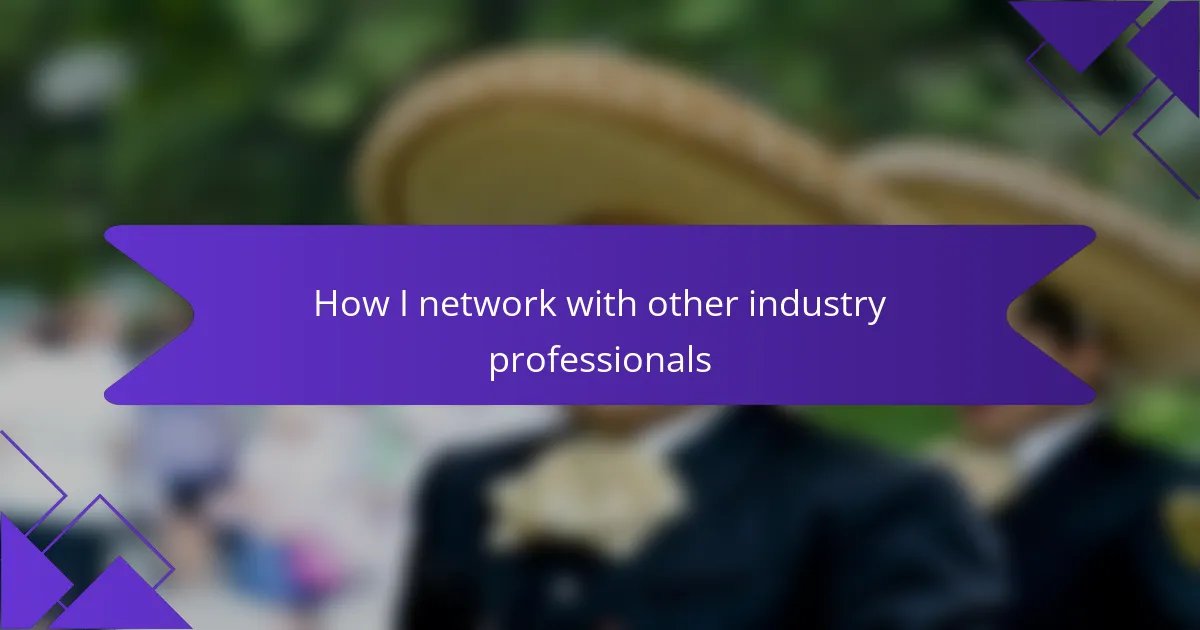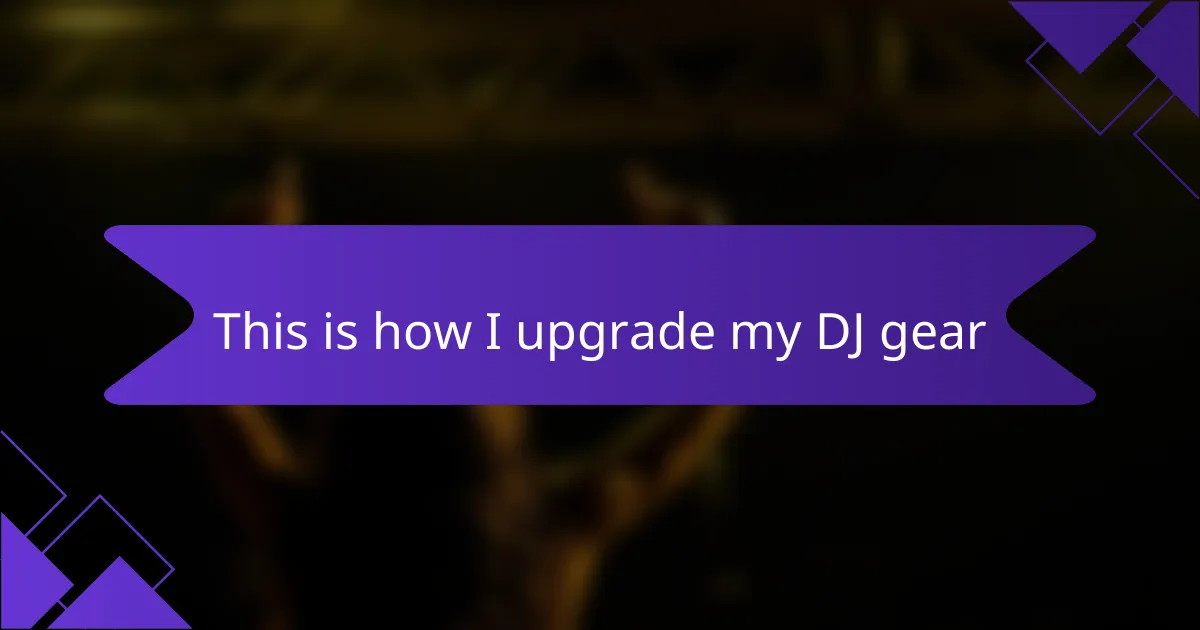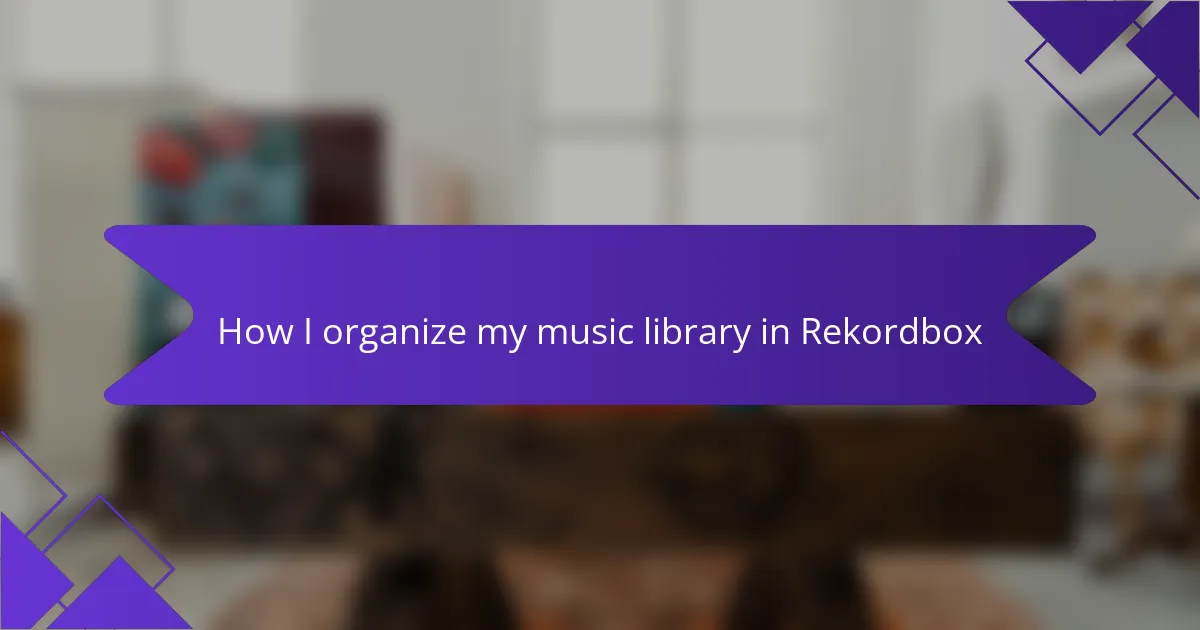Key takeaways
- Virtual DJ decks offer portability, affordability, and ease of use, appealing to both beginners and experienced DJs.
- Key benefits include extensive music libraries, real-time feedback through visual interfaces, and enhanced creative features not typically found in traditional decks.
- Common challenges involve technical issues, a feeling of disconnect from physical gear, and a steep learning curve for newcomers.
- The future of DJing emphasizes community building, global reach, and evolving technologies enhancing the overall mixing experience.
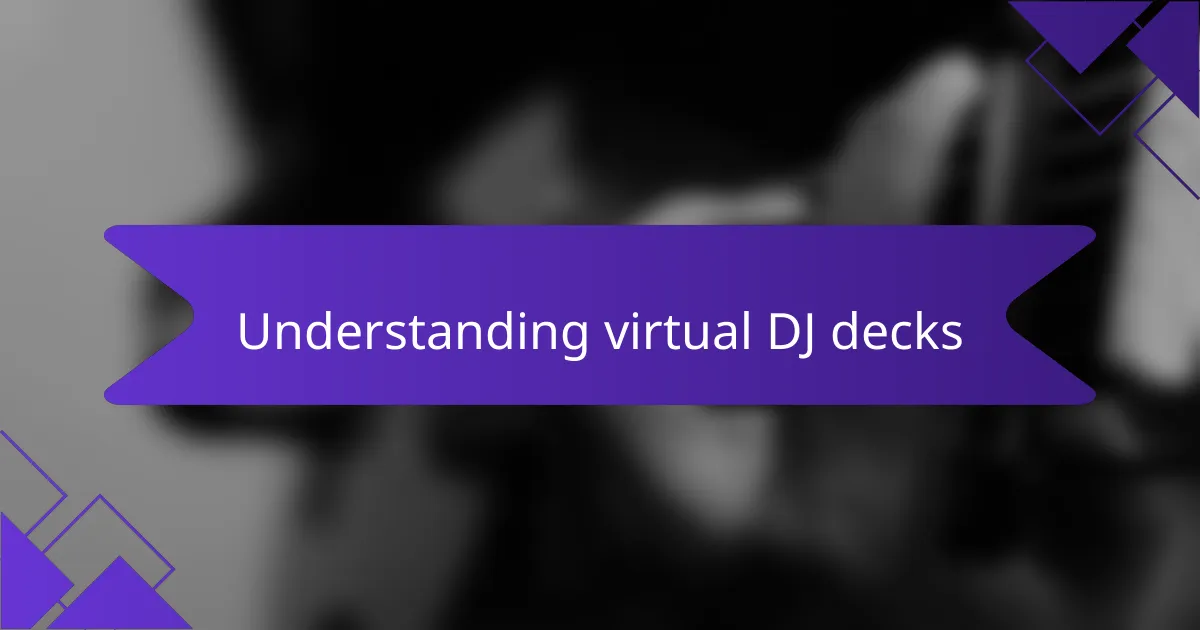
Understanding virtual DJ decks
Virtual DJ decks have revolutionized how I approach mixing music. They’re incredibly versatile and user-friendly, especially for newcomers who might find traditional gear intimidating. I remember my first experience with a virtual deck—it felt like stepping into a world of endless possibilities, where I could experiment without the overwhelming complexity of hardware.
What stands out to me is the integration of features like looping and effects that are often cumbersome on physical decks. Having everything at my fingertips not only makes the mixing process smoother but also allows for more creativity. It strikes me as a powerful tool for expression, enabling me to engage with my audience in ways I hadn’t imagined before.
Here’s a quick comparison of key features between virtual DJ decks and traditional DJ decks:
| Feature | Virtual DJ Decks | Traditional DJ Decks |
|---|---|---|
| Portability | Highly portable; can be used on a laptop | Bulky; requires physical transport |
| Cost | Usually more affordable and flexible | Can be expensive; requires investment in hardware |
| Learning Curve | Generally easier for beginners | Steeper learning curve due to complexity |
| Features | Advanced features readily available | Limited by hardware capabilities |
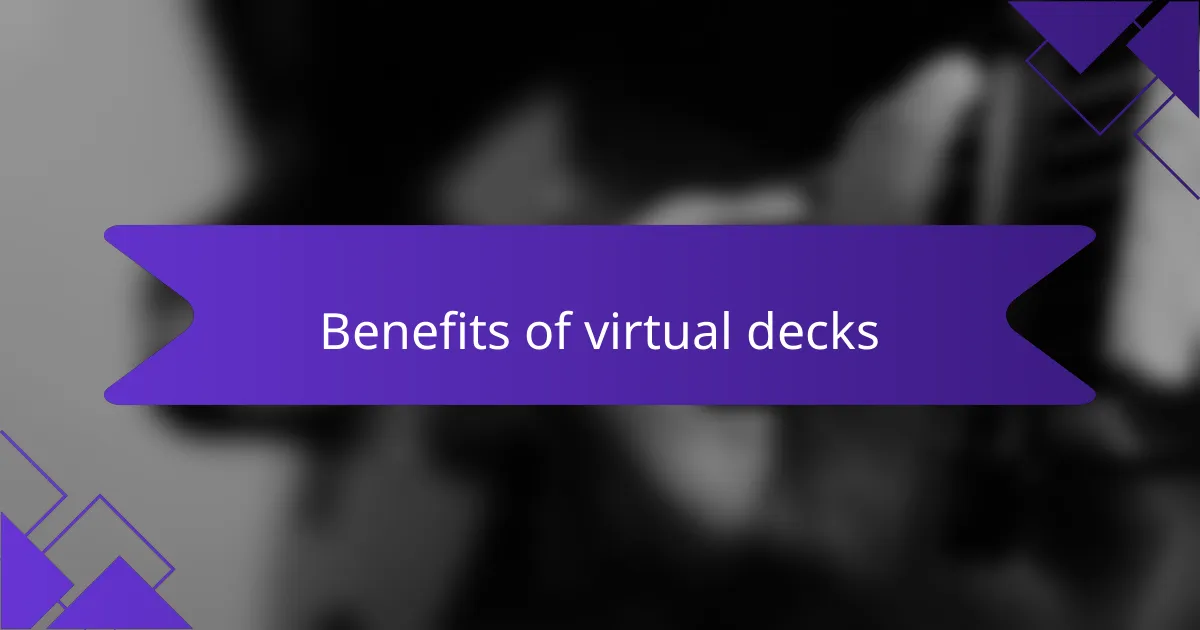
Benefits of virtual decks
When I first started using virtual decks, I was amazed by how seamless the transition felt. The ability to mix tracks with just a click made it incredibly accessible, especially during those early gigs where I was still finding my footing. I remember the thrill of blending my favorite tracks smoothly, something I hadn’t been able to do in real-time before, capturing the crowd’s energy in the moment.
The benefits of virtual decks are plentiful. Here are some key advantages I’ve discovered through my journey:
- Accessibility: Virtual decks often have cost-effective software options, making them more accessible for beginners.
- Portability: Carrying a laptop or tablet is much easier than lugging around traditional gear, perfect for gigs on the go.
- Endless Libraries: With digital formats, you can explore and access an expansive library of songs, expanding your creative horizons.
- Advanced Features: Many virtual decks come with built-in effects and tools that can enhance your mixes, providing a professional touch.
- Real-time Feedback: The visual interface allows you to see waveforms and track information, helping you make informed mixing decisions instantly.
Each of these benefits has contributed to my evolution as a DJ, allowing me to connect with audiences in ways that I hadn’t thought possible.
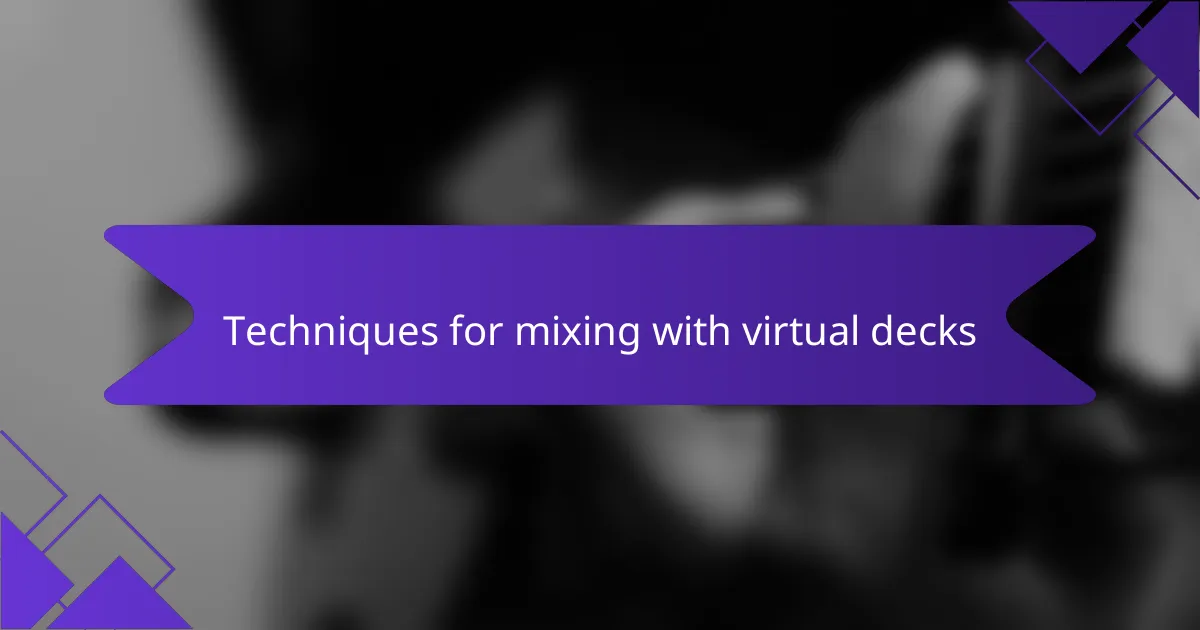
Techniques for mixing with virtual decks
Mixing with virtual decks is an empowering experience that opens a world of creativity. I remember the first time I experimented with a digital audio workstation while mixing tracks; the flexibility felt exhilarating. With the right techniques, anyone can elevate their performance and connect deeper with their audience.
Here are some effective techniques to consider:
- Beatmatching: Use the software’s sync feature as a starting point, but challenge yourself by manually adjusting the BPM to develop your skills.
- EQ Mixing: Focus on equalization; a well-timed low-end drop can transform a track and capture the crowd’s energy.
- Looping: Utilize loops to extend a beat or a break, allowing you to build anticipation and create smooth transitions.
- Effects: Don’t shy away from using filters and delays; they can add depth and character to your mixes.
- Hot Cues: Set hot cues at key moments in your tracks to quickly access those sweet spots during live performances.
Embracing these techniques not only enhances your mixing capabilities but also builds a unique identity as a DJ.
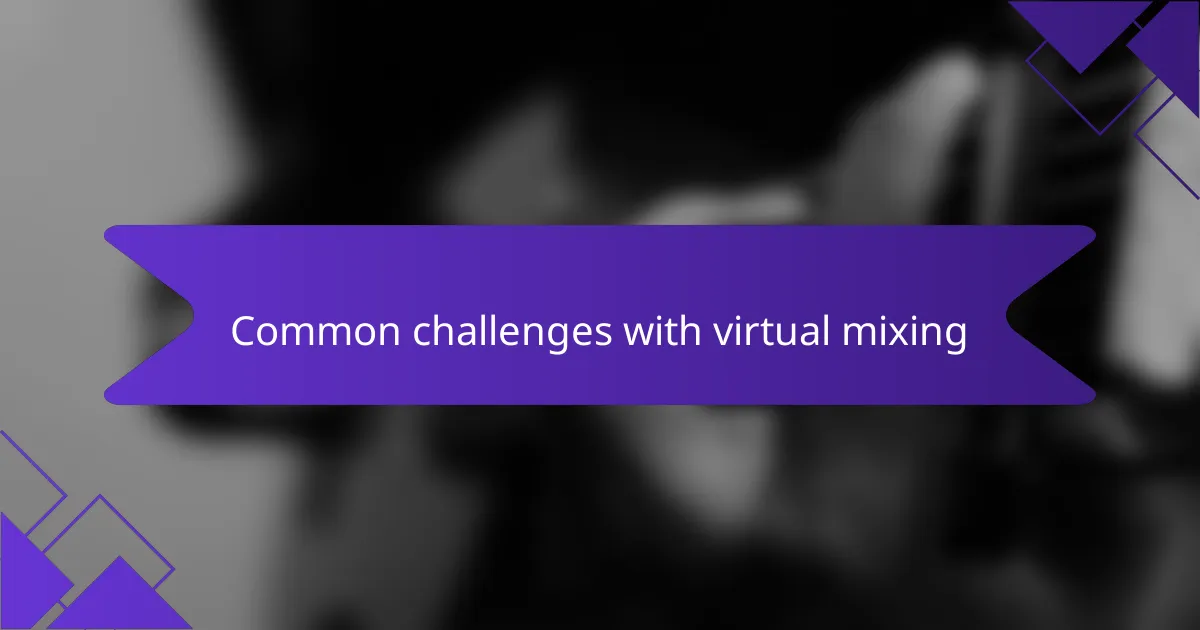
Common challenges with virtual mixing
When it comes to mixing with virtual decks, one of the biggest challenges I face is the feeling of disconnect. There’s something incredibly visceral about physically manipulating records or hardware that just doesn’t translate the same way through software. I remember the first time I used a virtual setup for a gig. While it worked flawlessly, I missed the weight of the mixer and the tactile feedback that comes with physical gear.
Technical issues can crop up at the worst times too. A glitch or software crash can throw off your entire set, leaving you scrambling. This happened to me during an outdoor festival where my laptop decided to freeze mid-mix. The audience’s energy shifted instantly, and I felt a wave of panic wash over me. Here are some common challenges I’ve encountered:
- Connectivity issues between the software and hardware can disrupt the flow of your set.
- Latency can affect timing, making it feel harder to hit cues accurately.
- Virtual decks often require extensive battery power, presenting a challenge in outdoor settings.
- The learning curve with software can be steep, especially when transitioning from traditional decks.
- Without the physical presence of equipment, it can be difficult to gauge audience response and engage with the crowd as effectively.
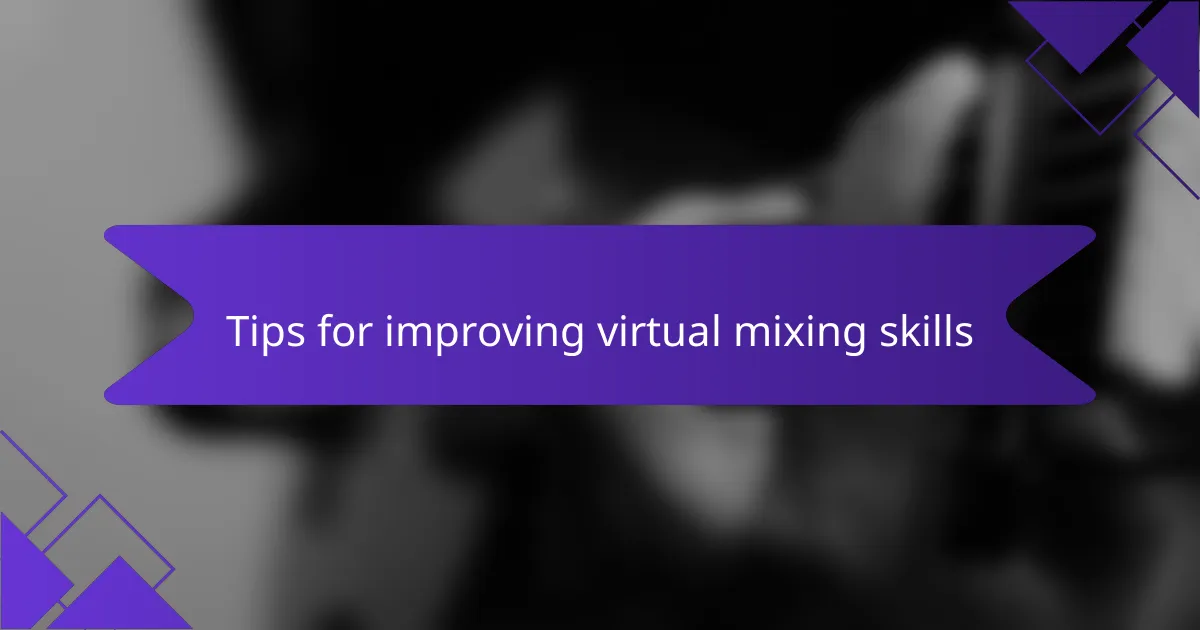
Tips for improving virtual mixing skills
When it comes to improving virtual mixing skills, my first tip is to practice consistently. Just like any skill, the more you mix, the better you become. I remember when I first started mixing virtually; it felt overwhelming. However, dedicating time each week to practice made me feel more confident and in control of my sets.
Another valuable tip is to understand your software deeply. Familiarizing yourself with all the features and functions can open up new possibilities in your mixing. I can’t stress how helpful it is to experiment with different effects and transitions. I once discovered a unique reverb setting that completely transformed a track in a way I’d never imagined.
Lastly, don’t shy away from seeking feedback. Whether it’s from fellow DJs or friends, constructive criticism can be a goldmine for improvement. I always look forward to hearing others’ thoughts on my mixes—it helps refine my technique and inspires me to take more creative risks.
| Tip | Description |
|---|---|
| Consistent Practice | Regular mixing helps build confidence and skill over time. |
| Mastering Software | Learning features unlocks creative potentials in mixing. |
| Seek Feedback | Constructive criticism can provide insights and inspire growth. |
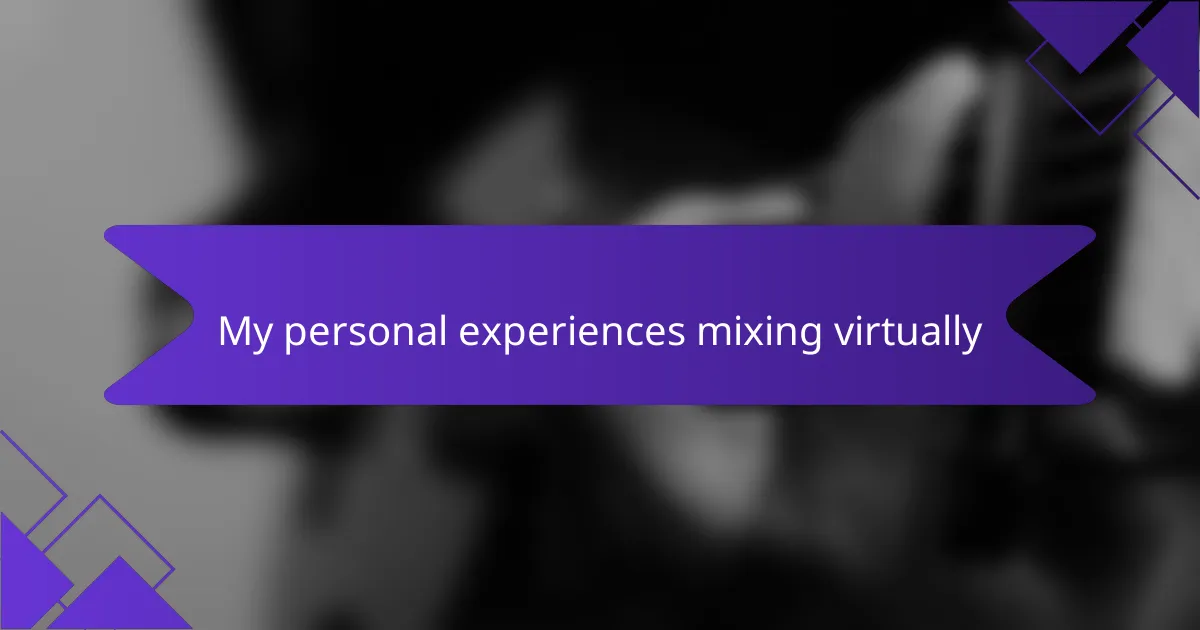
My personal experiences mixing virtually
The first time I mixed virtually, I was a bit of a skeptic. I loved the tactile feel of vinyl and the physical movements of my turntables. However, as I plunged into a virtual environment, something clicked. I found myself connecting with a whole new audience, energized by the dynamic, fast-paced feedback in the chat. It felt liberating not to be confined by physical space while still sharing my passion for music.
Over time, I’ve discovered several key benefits that come with mixing virtually:
- Wider Audience Reach: I was amazed by how many listeners tuned in from around the globe, something I could never achieve in a local venue.
- Ease of Collaboration: Virtual decks allowed me to easily collaborate with other DJs, sharing sets and ideas in real-time, which was inspiring.
- Variety in Experience: Each session brought different challenges and experiences, pushing me to innovate and expand my repertoire.
- Comfort and Convenience: I loved being able to mix in my own space, where I could relax and create without the pressure of a crowd watching.
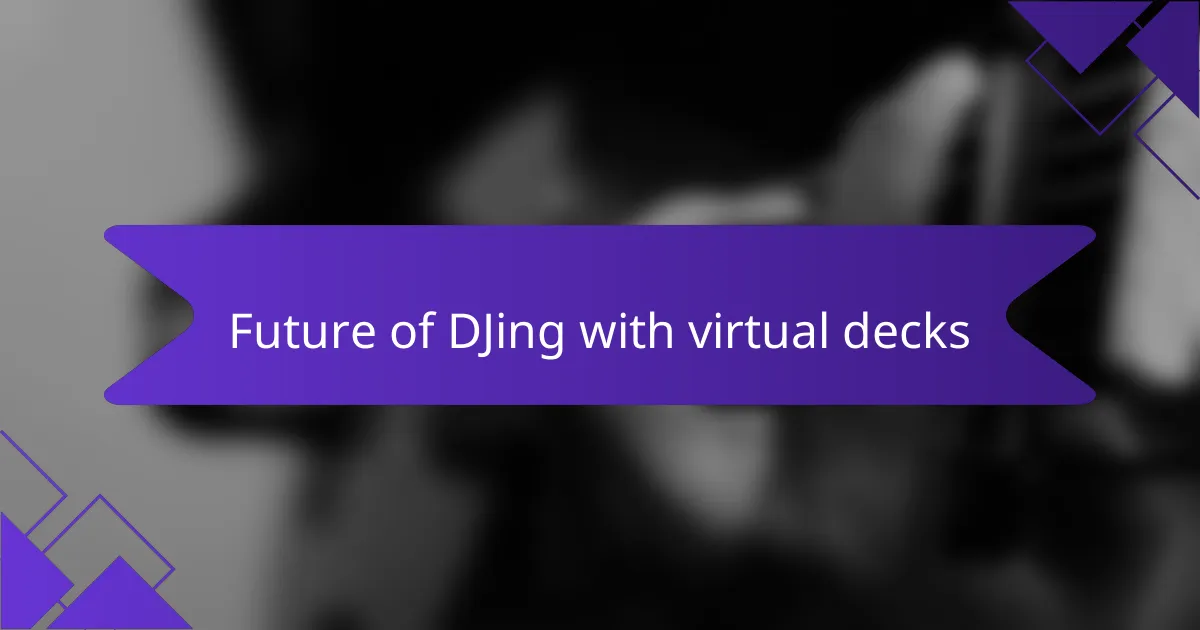
Future of DJing with virtual decks
The future of DJing with virtual decks is incredibly exciting. I remember the first time I used a software-based mixing tool; it was a game-changer. The flexibility and creative options at my fingertips felt limitless. I realized that virtual decks aren’t just about mixing tracks; they’re about expanding artistic expression in ways that were once unimaginable.
As technology continues to evolve, the integration of virtual decks will reshape how we experience music. I’ve seen friends transform their living rooms into vibrant virtual dance floors, showcasing how we can connect over music, regardless of our physical locations. This shift isn’t just about convenience; it’s about building community and fostering shared experiences in our increasingly digital world.
- Enhanced creativity with limitless tracks and effects.
- Access to a global community of DJs and music lovers.
- Opportunities for live-streamed performances reaching wider audiences.
- Cost-effective compared to traditional equipment.
- Continuous updates and improvements in software capabilities.
